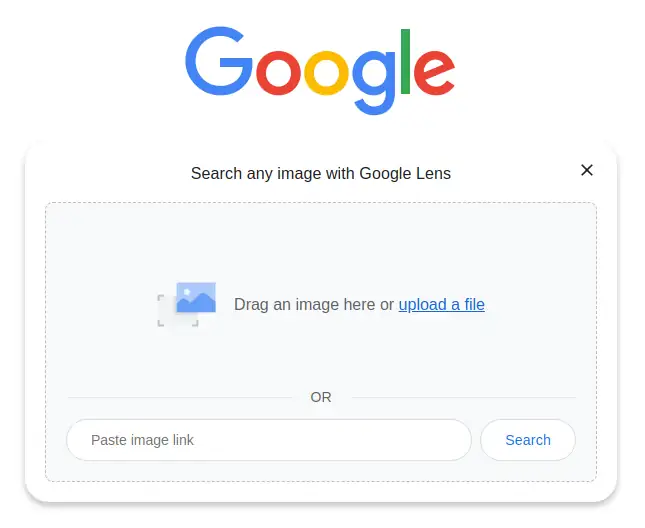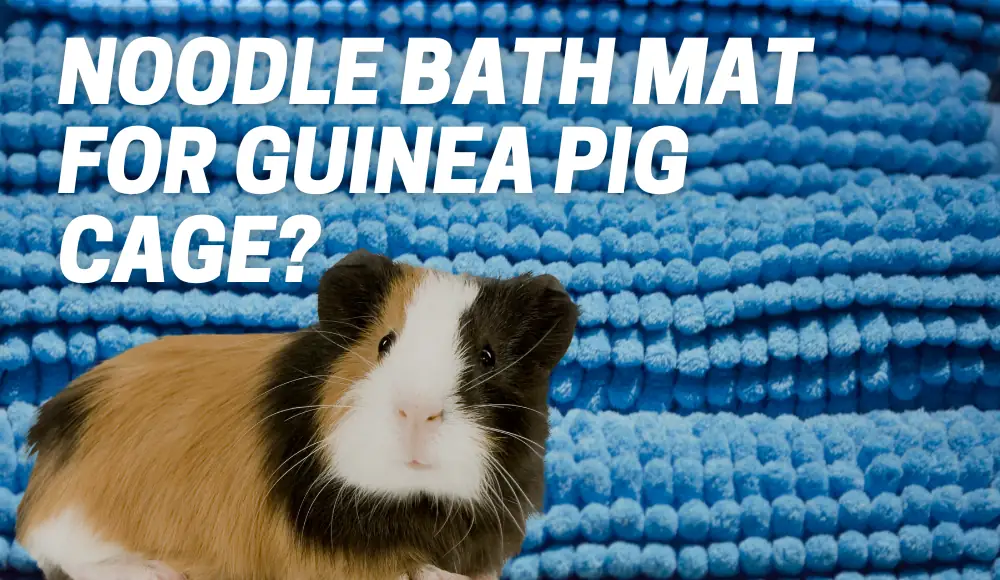Last updated on October 29th, 2024 at 02:27 pm
So, if you see a rug in your area and no one can say what is this rug, you may wonder if you can find this rug by picture. This guide will walk you through how to find a rug from a picture on the Internet.
How Can I Identify a Rug from a Picture?
Basically, there are two ways to identify a rug or carpet from a picture: visually and with the help of online tools or apps.
Online tools employ image recognition and AI to match uploaded rug photos.
What Are the Best Apps or Tools to Find a Rug from a Photo?
At this time, the best and easiest carpet and rug identification tool is the Google Image search.
It’s a free rug finder with pictures and in addition, it will give you search results where to buy rugs found in the picture.
Google has also its identification app for images – Google Lens. It helps in recognizing and identifying various objects, including rugs, from images.

How to Search with Google Lens
To search using Google Lens, follow these steps on your mobile device:
- Install Google Lens: Google Lens is usually integrated into the Google app on Android devices and can be downloaded as a separate app from the App Store on iOS.
- Open Google Lens: You can open Google Lens through the Google app or by tapping on the Google Lens icon in your phone’s camera app (this varies based on device and manufacturer).
- Capture an Image: Once in Google Lens, you can capture an image by tapping the camera icon or by simply pointing your camera at an object, text, or scene you want to search.
- Select the Object/Text: Once you’ve taken the picture or focused on the object, Google Lens will provide information about it. If it’s an object, it might give shopping details or related images. If it’s text, it can translate, provide definitions, or offer search results related to that text.
- Interact with Results: Google Lens will provide you with various options based on what you’ve captured. You can tap on the screen to select specific areas, copy text, search for similar items, shop, translate, or get more information.
Remember that the functionalities and interface of Google Lens might vary slightly based on the device, app version, or updates made by Google. Additionally, an internet connection is required for Google Lens to provide search results as it relies on Google’s servers for analysis and information retrieval.
How to Search Images with Google Lens on Desktop
Google has integrated some of the Google Lens functionalities into its Google Search by Image service on the web.
To search for images using Google’s reverse image search, follow these steps:
- Visit Google Images: Go to the Google Images website at images.google.com.
- Upload Image or Enter Image URL:
- Click on the camera icon (which usually says “Search by image”) in the search bar or navigate to “Search by image” or “Camera icon.”
- You can then upload an image from your device by selecting “Upload an image.”
- Alternatively, you can enter the URL of an image hosted online by choosing “Paste image URL.”
- Perform the Search: After uploading the image or entering the image URL, click the “Search” or “Search by image” button.
- Review Search Results: Google will provide you with search results related to the image you provided. These might include similar images, websites where the image appears, and information related to the image.
This method helps find similar images, learn more about an image’s origins, or find different sizes and resolutions of the same image.

How to Identify a Rug from Picture Visually?
Another way to find a rug from a picture is by using the visual observation method.
Identifying a rug from a picture involves keen observation and understanding of specific visual cues. It’s essential to note the rug’s design, pattern, colors, and any distinctive features like borders or motifs. Certain types of rugs are known for specific patterns and designs, making it easier to categorize them.
Specific Things to Consider:
- Pattern and Design: Recognizing the pattern and design is crucial. For instance, a Persian rug typically displays intricate floral motifs and rich colors, while a Moroccan rug often showcases geometric patterns.
- Color Palette: Pay attention to the color scheme. This includes primary and secondary colors, as well as their combinations.
- Material and Texture: Assessing the material and texture through visual inspection might be challenging but can provide significant clues.
When you have collected all the key features from the photo, extract the main keywords (characteristics) and find this rug putting them into an online search via Google, Bing, Yahoo, etc.
How to see a rug in your room before buying the rig?
When you are done with identifying a rug or carpet, you might want to understand how the rug will look in your room.
Good news – you can do it with a rug visualizer tool.
A rug visualizer tool is an app to see rug in your room. In other words, these tools add a virtual rug in room. Here are several free rug visualizer tools we have found:
- The Rug Company tool – https://eu.therugcompany.com/roomvo/
- Rugs Direct – https://www.rugs-direct.com/room-visualizer
- DressMyCrib – https://dressmycrib.com/rug-visualizer
How Accurate Are Image-Based Rug Identification Tools?
The accuracy of image-based rug identification tools varies. While these tools are continually improving with advancements in AI and image recognition, achieving 100% accuracy can be challenging. Factors like image quality, lighting, and the database’s comprehensiveness influence the accuracy of identification.
Tips for Taking a Good Picture for Rug Identification Purposes
Capturing a clear and detailed image is crucial for accurate rug identification. Ensure good lighting, capture the entire rug, focus on the details, and avoid any obstructions. Taking pictures from different angles and close-ups of unique patterns can significantly aid in identification.
Are There Any Limitations or Challenges When Finding a Rug from a Photo?
Challenges in rug identification from pictures include poor image quality, inaccuracies in color representation, and the complexity of certain rug designs that may not be well-captured in photos. Additionally, the lack of information such as rug age or origin can pose challenges in accurate identification.
Is There a Difference in Finding Vintage or Antique Rugs from Pictures Compared to Modern Rugs?
Identifying vintage or antique rugs from pictures often requires a deeper understanding of historical rug styles, craftsmanship, and materials. Modern rugs might have distinct manufacturing labels or be part of a current collection, making identification relatively easier.
In conclusion, rug identification from pictures can be an engaging and rewarding process. By leveraging technology, being observant, and using the right resources, it’s possible to unlock the mystery behind a rug’s origin and style. Remember, while tools and apps can assist, nothing beats the eye of a keen observer and an enthusiast in unraveling the tale behind a rug’s intricate patterns and history.


